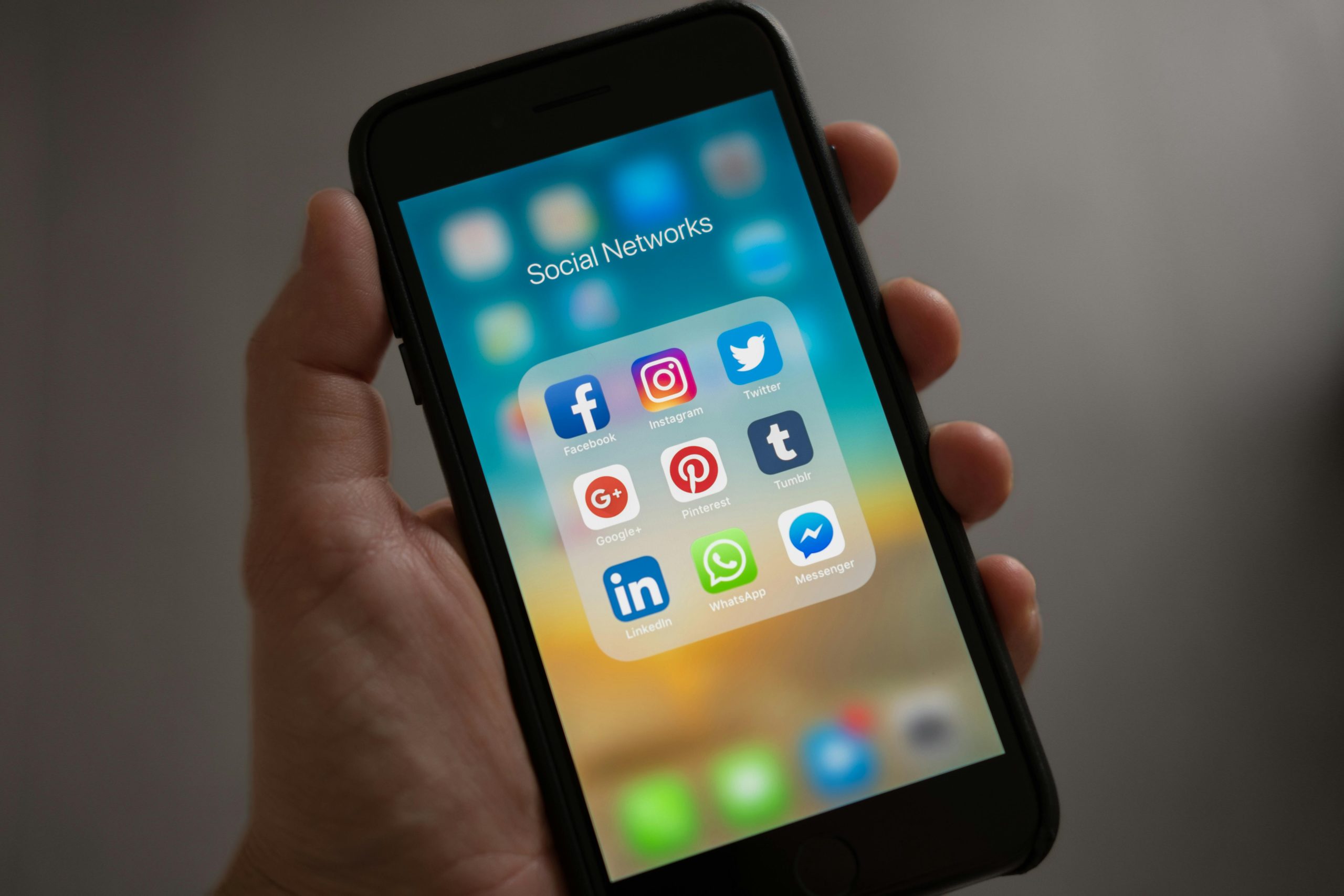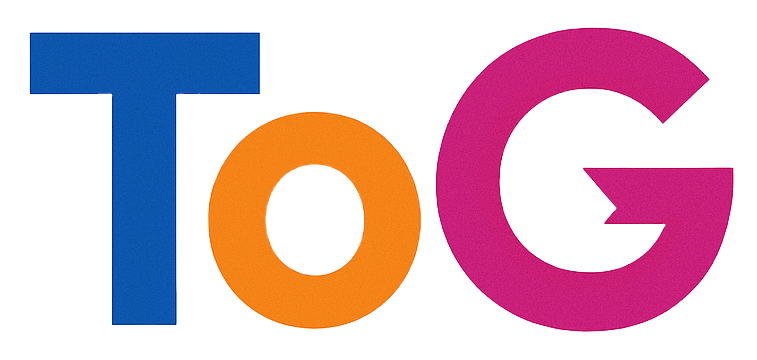
social media is a term for websites and apps that allow people to create, share, and interact with content and each other in real time. It blends technology, communication, and human psychology into platforms where users can post text, images, videos, and links, and engage through likes, comments, shares, and private messages.
Core Features:
- User-generated content: Content is created by users rather than organizations or traditional publishers.
- Interaction: Likes, shares, comments, tagging, messaging, and following are built-in feedback loops.
- Networks: Users connect with others to build personal, professional, or interest-based networks.
- Feeds: Content appears in a scrolling, constantly-updating timeline or wall.
Major Types of social media:
| Type | Examples | Purpose |
|---|---|---|
| social networks | Facebook, LinkedIn | Connecting people and sharing updates |
| Media sharing networks | Instagram, TikTok, YouTube | Sharing photos, videos, and live streams |
| Microblogging platforms | Twitter/X, Threads | Short posts and real-time updates |
| Forums/Communities | Reddit, Quora, Discord | Discussion and crowdsourced knowledge |
| Messaging apps | WhatsApp, Messenger | Direct and group communication |
Uses:
- Personal: Stay in touch, express identity, consume entertainment.
- Business: Marketing, customer service, brand building.
- News: Spreading and consuming real-time news and opinions.
- Activism: Organizing movements, raising awareness.
Risks:
- Privacy concerns
- Misinformation
- Addiction and mental health issues
- Manipulation (e.g., fake news, bots)
In Essence:
social media is the digital campfire of the 21st century-where humanity gathers not just to speak, but to perform, persuade, provoke, and pretend. It reflects us, amplifies us, and-if not used wisely-can consume us.
social media refers to interactive digital platforms and technologies that enable users to create, share, and interact with content, and to communicate with one another online. It encompasses a wide range of websites and applications that facilitate the formation of virtual communities and networks.
Key characteristics and functions of social media include:
- User-Generated Content: Users are central to social media, creating and sharing diverse forms of content such as text posts, photos, videos, and comments.
- Interactivity and Engagement: social media platforms are designed for real-time interaction through features like likes, shares, comments, and direct messaging, fostering dialogue and connections among users.
- Community Building: These platforms allow individuals, businesses, and organizations to build and join online communities based on shared interests, relationships, or professional connections.
- Information Sharing and Dissemination: social media enables the rapid spread of information, news, and ideas, reaching global audiences almost instantly.
- Personal and Professional Uses: Individuals use social media to connect with friends and family, express themselves, and be entertained. Businesses and professionals leverage it for marketing, customer Engagement, networking, and industry insights.
Examples of social media platforms include:
- Social Networking Sites: Facebook, LinkedIn, X (formerly Twitter), Instagram
- Media-Sharing Platforms: YouTube, TikTok, Pinterest, Snapchat
- Discussion Forums: Reddit
- Messaging Apps: WhatsApp, Telegram
- Blogging Platforms: WordPress, Substack
social media has significantly transformed how people communicate, consume information, and interact in the modern world, impacting various aspects of personal and professional life.
Is social media the Site or the Content?
A fine and necessary question.
social media is not just the site nor just the content—it is the interaction between platform, user, and content. But let’s break this down:
🔹 The Site (or App/Platform):
This is the infrastructure—the digital environment created by companies like Meta, X (formerly Twitter), TikTok, Reddit, etc. It’s where the stage is built, the rules are written, and the algorithms reside.
Examples: Facebook.com, Instagram app, YouTube.com
These platforms provide:
- User profiles
- Timelines or feeds
- Algorithms
- Commenting and messaging systems
- Tools for uploading, sharing, reacting
🔹 The Content:
This is what users generate—the fuel that powers social media. It includes:
- Text posts, comments
- Photos, videos
- Memes, GIFs
- Stories, Reels
- Polls, live streams
Content is what you consume. The site is how you consume it.
🔹 But most importantly: social media is the System of Interaction
It’s the ecosystem created when:
- A user creates content
- Others view, like, share, and comment on it
- Algorithms decide what to boost
- Feedback loops shape behavior
In other words:
Without users and content, the site is just scaffolding. Without the site, the content is invisible. social media is the dynamic life that exists in the merging of both.
Analogy:
Think of it like a theatre.
- The site is the stage and lighting.
- The content is the play.
- The audience and their reactions—claps, boos, gossip—make it social.
So: social media is neither the site nor the content alone—it is the fusion of both, made alive by participation. social media is both the site (platform) and the content. They are interdependent and cannot truly exist without each other in the context of “social media.”
Here’s a breakdown:
- The Site (Platform): This refers to the digital infrastructure, applications, and websites that provide the environment for social interaction and content sharing. Examples include Facebook, Instagram, X (formerly Twitter), TikTok, LinkedIn, YouTube, Reddit, etc. These platforms offer features like:
- User profiles
- Feeds or timelines
- Tools for posting (text, images, video)
- Interaction buttons (likes, shares, comments)
- Direct messaging
- Algorithms that curate content
- Community-building functionalities (groups, pages)
- The Content: This is the actual material created, shared, and interacted with by users on these platforms. It’s often referred to as User-Generated Content (UGC). Examples include:
- Text posts and updates
- Photos and images
- Videos (short-form, long-form, live streams)
- Comments and replies
- Reviews and testimonials
- Stories and ephemeral content
- Memes and GIFs
Why they are inseparable:
- Platforms enable content: Without the sites (platforms), there would be no structured way for users to create, share, and distribute their content to a wide audience. The platforms provide the tools and networks.
- Content drives platforms: Without user-generated content, social media platforms would be empty shells. The content is what draws users in, keeps them engaged, and creates the “social” aspect of these platforms. The value of a social media platform is directly tied to the amount and quality of content its users create and share.
In essence, social media is a dynamic ecosystem where the platforms provide the stage, and user-generated content provides the performance.
